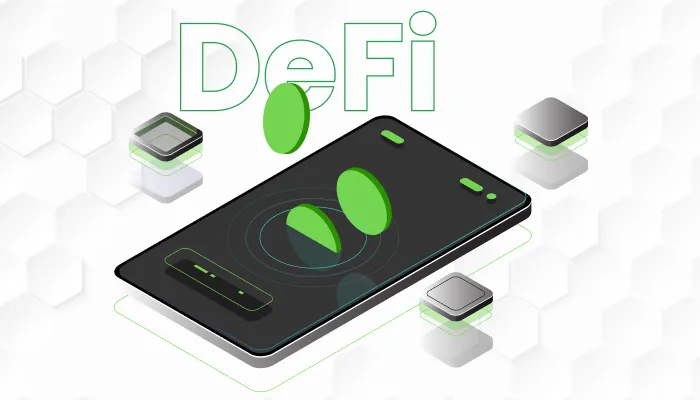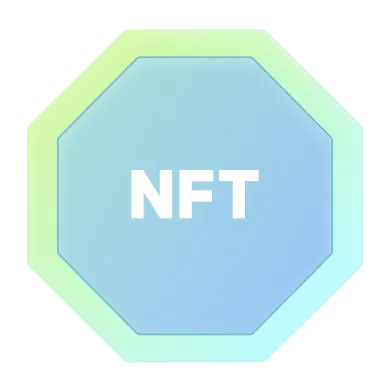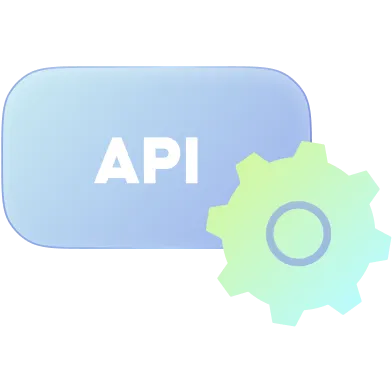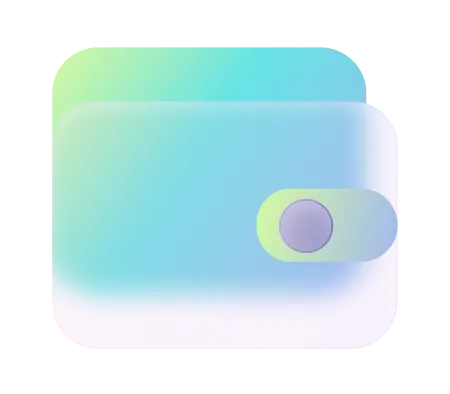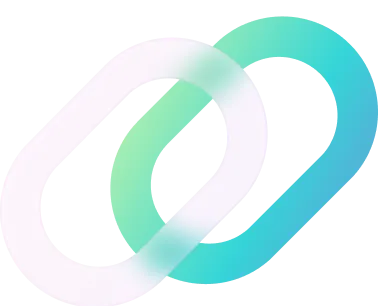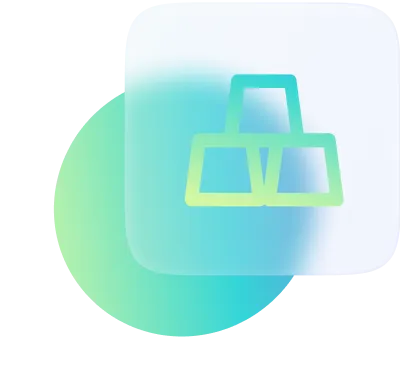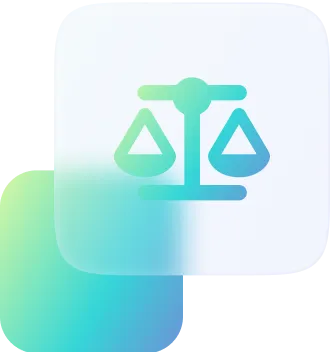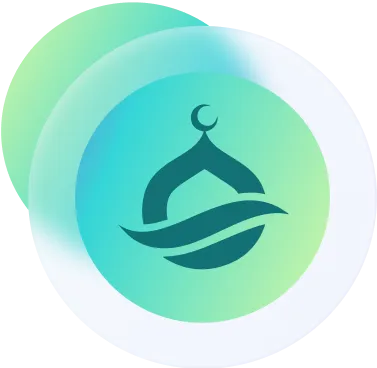DeFi, short for Decentralized Finance, has transformed the financial industry by introducing decentralized payment mechanisms. This article will provide an in-depth analysis of DeFi’s payment systems, including their mechanisms, advantages over traditional payments, associated risks, notable projects, user adoption trends, and future prospects.
Introduction to DeFi and Its Payment Mechanisms
Decentralized finance (DeFi) is a financial technology that utilizes secure@l distributed ledgers, similar to those used by cryptocurrencies. Unlike traditional finance, DeFi does not require intermediaries like banks and other financial service companies to function. Instead, it relies on security protocols, connectivity, software, and hardware advancements through peer-to-peer financial networks.
The current financial system relies heavily on intermediaries to function, and these intermediaries charge businesses and customers for their services. On the other hand, DeFi leverages blockchain technology to minimize the reliance on these intermediaries and provide a more efficient and cost-effective alternative.
DeFi’s payment mechanisms primarily rely on smart contracts, which automate and execute transactions when predefined conditions are met. These contracts facilitate efficient, transparent, and secure payments, often across borders, eliminating traditional banking gateways and associated delays and fees.
Benefits of DeFi VS Traditional Payment Systems
Decentralised finance utilises Ethereum blockchain principles to increase financial transparency and security, unlock growth opportunities and liquidity, and promote a standardised economic system.
- Programmability. Smart contracts are highly programmable and automate execution, enabling the creation of new financial instruments and digital assets.
- Immutability. Tamper-proof data coordination through the decentralized architecture of a blockchain enhances security and enables more efficient auditing.
- Interoperability. Ethereum’s software stack for DeFi allows for protocols and applications to be built in a way that they can integrate and complement each other. This makes it possible for developers and product teams to have the flexibility to customize interfaces, build on top of existing protocols, and integrate third-party applications.
- Transparency. On Ethereum’s public blockchain, transactions are transparent and verified by other users. Ethereum addresses are encrypted keys providing anonymity. This allows for rich data analysis and ensures network activity is visible to all users. Ethereum and DeFi protocols are open source, available for all to access, review, and develop.
- Permissionless.DeFi, unlike traditional finance, is characterized by its open and permissionless access. Anyone with a crypto wallet and an internet connection can access DeFi applications built on the Ethereum network, regardless of their location, and often without any minimum amount of funds required.
- Self-Custody. Using Web3 wallets like MetaMask enables DeFi market participants to securely interact with financial applications and protocols while keeping custody of their assets and control of their personal data.
Risks and Challenges in DeFi Payments
DeFi can be a great way to explore new financial opportunities, but it’s important to be aware of the risks involved.
- DeFi technology is relatively new. It’s important to keep in mind that DeFi, or decentralized finance, is a relatively new and untested technology that hasn’t been fully stress-tested at scale for an extended period of time. This means that there is a risk of losing funds when using DeFi platforms. For instance, the Compound platform experienced a serious glitch recently, which resulted in customers receiving millions of dollars of crypto by accident.
- Consumer protection. Decentralized Finance (DeFi) has experienced significant growth due to the absence of strict rules and regulations. However, this also means that users are often left with little or no protection in case of any mishap. Unlike traditional financial systems, DeFi is not covered by state-run reimbursement schemes, and there are no laws mandating DeFi service providers to maintain capital reserves.
- Hacking is prevalent. Although traditional finance is also at risk of hacking, the extended technological architecture of DeFi, with multiple potential points of failure, increases the attack surface available to sophisticated hackers. In August 2021, for example, “white hat” hackers exploited a smart contract vulnerability and stole $610 million from the DeFi platform PolyNetwork. Fortunately, all funds were eventually returned.
- Collateral. Nearly all DeFi lending transactions require collateral of at least 100% of the loan value, restricting eligibility for many loans.
- Private key requirements. DeFi and cryptocurrency users need to secure their wallets to store their assets. Private keys are used for this. If lost, the funds are lost forever.
Key DeFi Projects in Payment Solutions
The burgeoning landscape of Decentralized Finance (DeFi) payment solutions showcases diverse projects tackling various aspects of frictionless money movement. Here, we delve into four influential players paving the way for a paradigm shift in financial transactions:
- Caiz:
Redefining Islamic FinTech, Caiz leverages the power of DeFi to offer Sharia-compliant financial products and services. Its robust network of partners and user-friendly interface facilitate efficient cross-border payments, micro-finance tools, and a transparent rewards system – all adhering to Islamic financial principles. Caiz’s unique positioning addresses the needs of the unbanked and underbanked, particularly within Muslim communities, fostering financial inclusion in a decentralized manner.
- Uniswap:
Uniswap’s decentralized exchange platform is a cornerstone of DeFi liquidity and has revolutionized cryptocurrency trading. The platform’s automated, peer-to-peer protocol allows for seamless token swaps without the need for central intermediaries. This approach democratizes the process of exchanging digital assets and enables instant, borderless transactions, thus enhancing the interoperability and efficiency of the DeFi ecosystem as a whole.
- Compound:
Compound is a DeFi lending platform that enables users to earn interest on their deposited crypto assets and borrow against their holdings. Its open-source protocol allows for flexible interest rates that are determined by supply and demand, which fosters efficient capital allocation within the DeFi space. With its innovative approach, Compound democratizes access to credit and promotes financial participation, unlocking new horizons for individual wealth creation.
- Aave:
Aave is a prominent DeFi lending platform that offers a wide range of loan options and interest rate models tailored to the needs of its users. Its flash loan feature allows for unique borrowing opportunities for advanced DeFi strategies such as arbitrage. Aave’s focus on flexibility and customization fosters a vibrant lending market, promoting liquidity and risk diversification within the DeFi ecosystem.
This brief overview highlights the diversity and dynamism of the DeFi payment landscape. Although these four projects represent only a fraction of the expanding ecosystem, they demonstrate the vast potential for innovation and financial empowerment that decentralized payment solutions offer. As the DeFi space continues to evolve, we can expect further improvements in interoperability, scalability, and regulatory frameworks, paving the way for a truly open and inclusive financial future.
User Adoption and Market Trends
Decentralized Finance (DeFi) is a rapidly growing ecosystem that is gaining more users and evolving market trends. It is no longer a niche concept. This growth is due to the increasing appeal of its core principles which include transparency, censorship resistance, and permissionless access to financial services. To better understand this emerging field, we will explore three key insights:
- Growing User Base:
The number of DeFi users has been steadily increasing due to several factors:
- Increased awareness: Educational initiatives and media coverage are bringing attention to the potential of DeFi, which is attracting new participants.
- Improved user experience: User-friendly interfaces are becoming more intuitive, making them easier to use.
- Diversification of offerings: The DeFi ecosystem has expanded beyond lending and borrowing to include decentralized exchanges (DEXs), yield farming, and asset management, catering to a wider range of needs.
- Innovation and Diversification:
The DeFi industry is constantly innovating and exploring new frontiers beyond basic payment solutions.
- Governance:Projects are now integrating token-based voting mechanisms, enabling users to participate in decision-making and promoting a sense of ownership and community.
- Insurance: Emerging decentralized insurance protocols offer innovative solutions to protect against financial risks in the DeFi space.
- Asset Management: DeFi is blurring the lines between traditional and decentralized finance, with the rise of on-chain investment funds and asset management tools powered by smart contracts.
- Integration with Traditional Finance:
It is crucial to establish connections between the decentralized and traditional worlds to achieve widespread adoption. This integration is happening in various ways:
- Regulatory developments: Regulatory frameworks are continuing to develop and improve, helping to establish more clear and legitimate standards for DeFi activities.
- Institutional partnerships: Traditional financial institutions are exploring collaborations with DeFi projects, offering their established infrastructure and customer base.
- Hybrid solutions: Innovative products are emerging that combine the benefits of both DeFi and traditional finance, catering to a broader range of users.
Future Directions in DeFi for Payments
The landscape of DeFi payments is full of possibilities, driven by technological advancements, regulatory changes, and user experience. To provide a clearer vision, here are some key areas that have the potential to revolutionize the industry:
- Enhanced Scalability:
Current blockchain technology has limitations in transaction speed and throughput, which can hinder widespread adoption. However, there are promising solutions on the horizon.
- Layer-2 scaling: Implementations such as sidechains and rollups help to increase speed and scalability by offloading transactions from the main chain.
- Sharding: When the blockchain is divided into smaller segments, it enables the processing of transactions to occur simultaneously, which results in a significant increase in throughput.
- Consensus mechanism advancements: It may be beneficial to consider other ways of reaching agreements between network participants, such as the Proof-of-Stake (PoS) consensus mechanism. This could lead to improved scalability and energy efficiency of the network.
- Regulatory Evolution:
Regulatory uncertainty remains a challenge for DeFi. However, positive developments are paving the way for a more predictable environment:
- Clearer guidelines: Emerging regulatory frameworks tailored to DeFi practices provide greater clarity for participants and foster institutional involvement.
- Collaboration with industry: Effective dialogue and collaboration between DeFi developers and regulators will result in well-designed regulations that promote innovation while mitigating risks.
- Standardized KYC/AML practices: Implementing effective Know Your Customer (KYC) and Anti-Money Laundering (AML) protocols within DeFi will address compliance concerns and enhance user trust.
- Interoperability:
The current fragmented DeFi platforms hinder usability and asset mobility. Advancements in interoperability will drive the industry forward.
- Cross-chain bridges: These enable smooth transfer of assets and data across different blockchain networks, breaking down barriers and creating a more interconnected ecosystem.
- Standardized protocols: Having common data formats and communication protocols can facilitate more seamless interactions and data exchange across platforms.
- Open finance initiatives: Collaborations between traditional finance and DeFi will enable easier and more efficient transfer of assets and information.
- Improved Security Measures:
While DeFi offers inherent security advantages, vulnerabilities remain. The future will see continued innovation in:
- Smart contract auditing: Advanced methods and tools will detect and address potential vulnerabilities in smart contracts before deployment.
- Decentralized insurance: DeFi-based insurance protocols will provide protection against hacks and other financial losses, mitigating user risks.
- Privacy-preserving technologies: Innovations like zk-SNARKs and homomorphic encryption will enable privacy-enhancing transactions without compromising security.
These potential developments offer a glimpse into the transformative potential of DeFi payments. By addressing scalability, regulatory concerns, interoperability, and security, DeFi can empower individuals, unlock financial inclusion, and redefine the way we manage and transfer value in the future.
